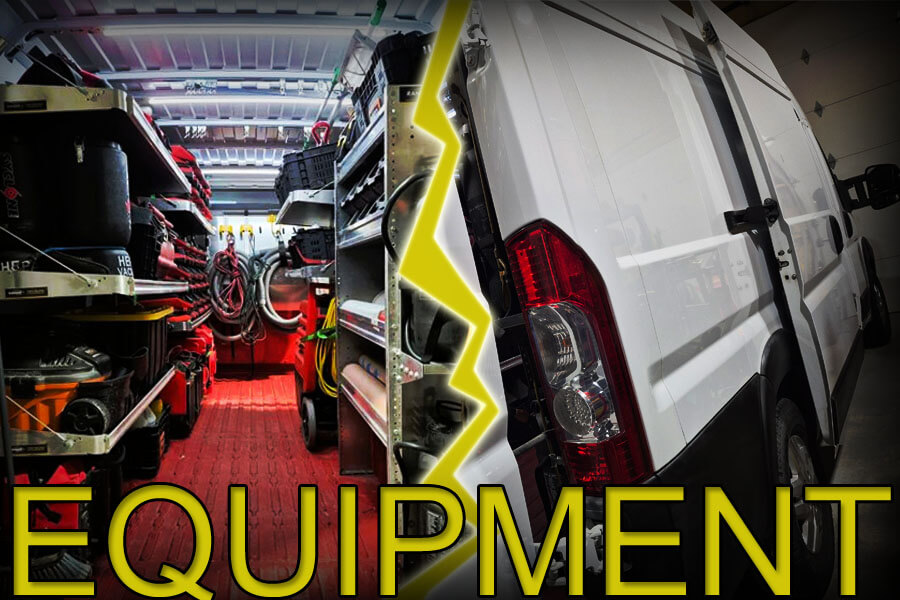What is it about working a water damage mitigation job that makes you feel like Batman?
The gear, of course. Lots of epic gear!
Having high-end equipment isn’t the most important aspect of mitigation, what truly matters is experience and knowing how to use the tools you have to get the job done right. The top priority is ensuring the client’s satisfaction and preventing further property damage.
The Equipment
Reliable equipment is crucial in mitigation and restoration because it ensures efficient and effective removal of water, preventing further structural damage and mold growth. Without dependable tools, delays in the drying process can lead to costly repairs and health hazards from mold and bacteria.
If used well, the right equipment (either rented or owned) can improve the overall process, minimizing downtime for homeowners and businesses.
This article will briefly go over common tools used on the job with the intention of going into more depth on each tool in future posts.
The Humble Moisture Meter
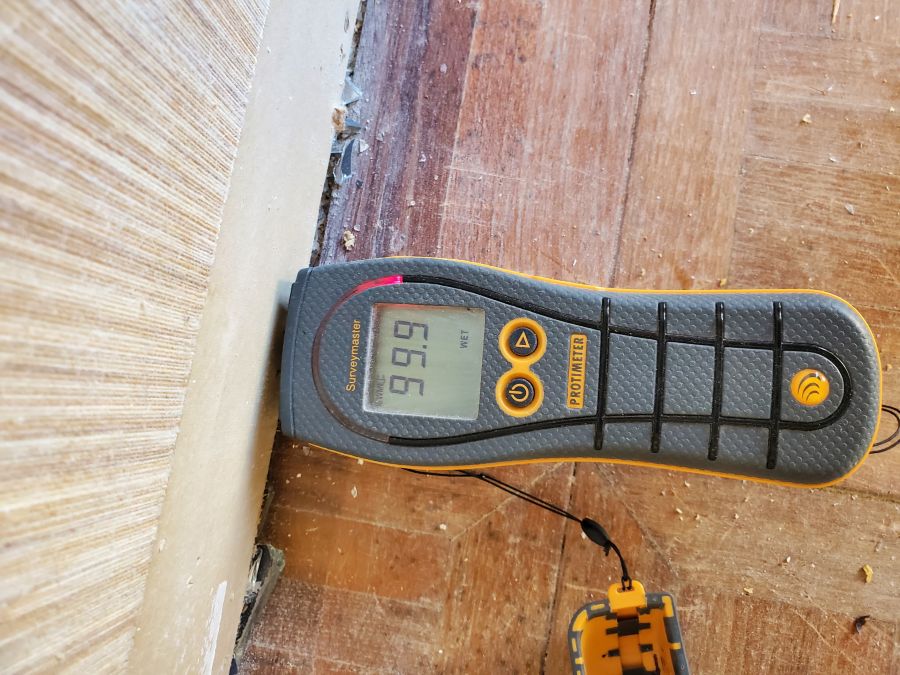
The aptly named moisture meter is a device used to measure moisture levels in materials such as wood and drywall.
Despite its small size, this tool is one of the most—if not the most—important devices for water mitigation jobs. Without it, determining whether an area is fully dried or detecting hidden moisture within layered structures and behind walls becomes significantly more challenging.
Air Mover/Dryer
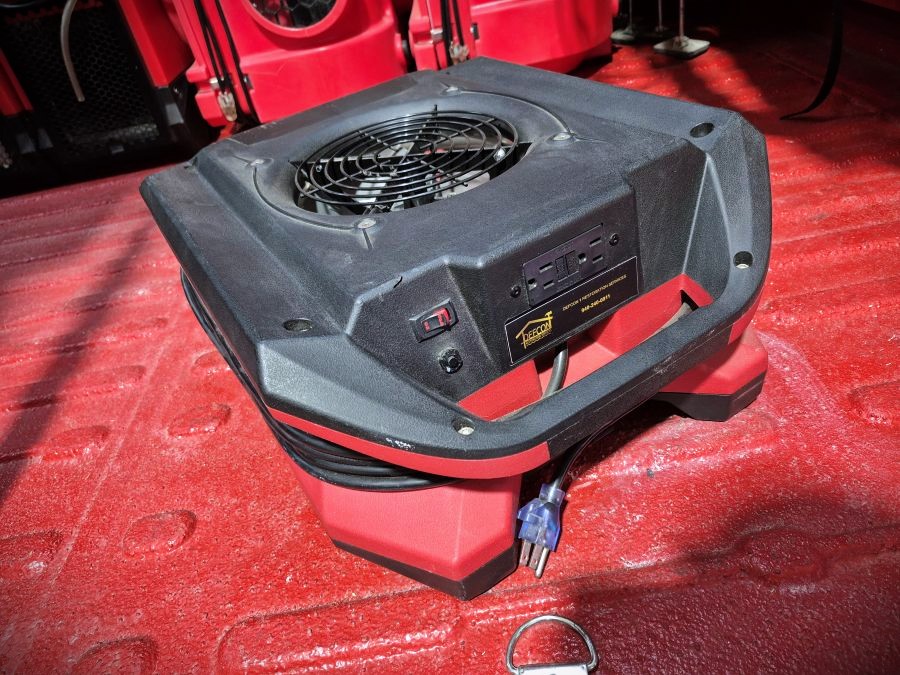
Don’t stick your finger in that!
These are high-powered fans that accelerate evaporation by directing airflow across wet surfaces and water damaged property. Air movers could be the most iconic tool in mitigation, as a large scale operation might deploy several dozen (or many more) to speed up the drying process.
These fans come in all shapes and sizes, some look like they came out of a sci-fi movie.
Flood Extractor
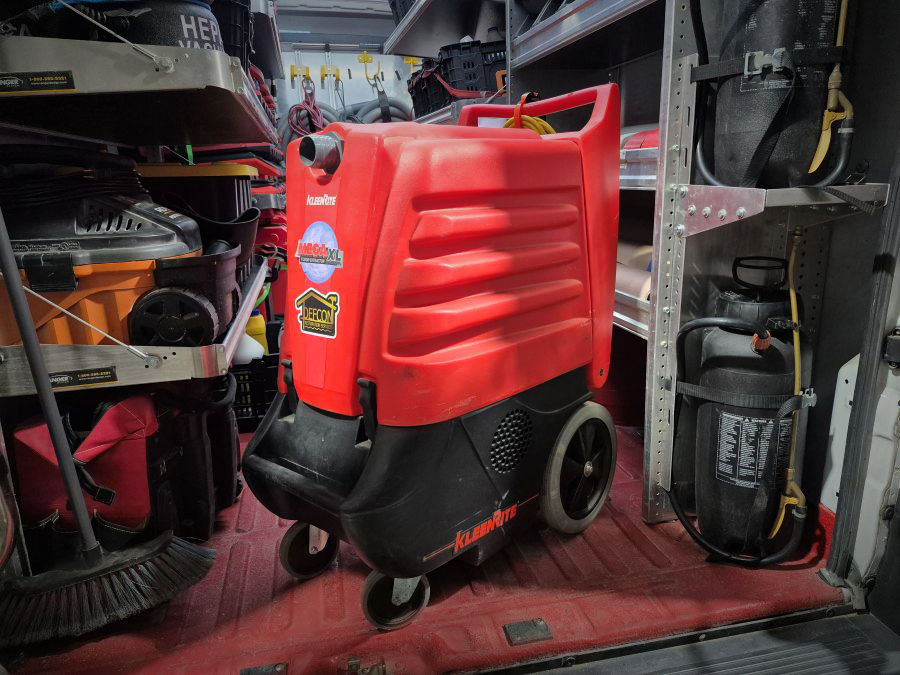
A flood extractor is a specialized vacuum system designed to remove large amounts of standing water from a variety of surfaces after flooding or leaks.
Flood extractors come in different types, including portable (like the picture) and truck-mounted units, depending on the scale of the cleanup.
Dehumidifier
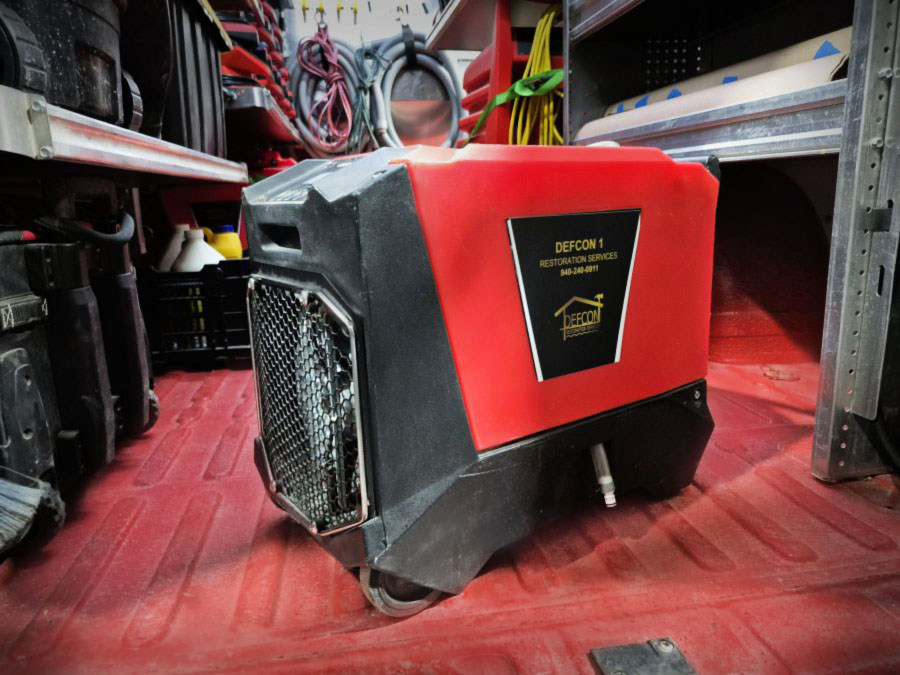
This isn’t your grandma’s typical dehumidifier.
As the name suggests, this machine reduces humidity by extracting moisture from the air, cooling it, and collecting the condensation. Like air movers, it helps prevent mold growth and accelerates the drying process.
By maintaining optimal humidity levels of indoor air, dehumidifiers help protect structural materials and furnishings from, you guessed it, moisture-related damage.
HEPA Air Scrubber
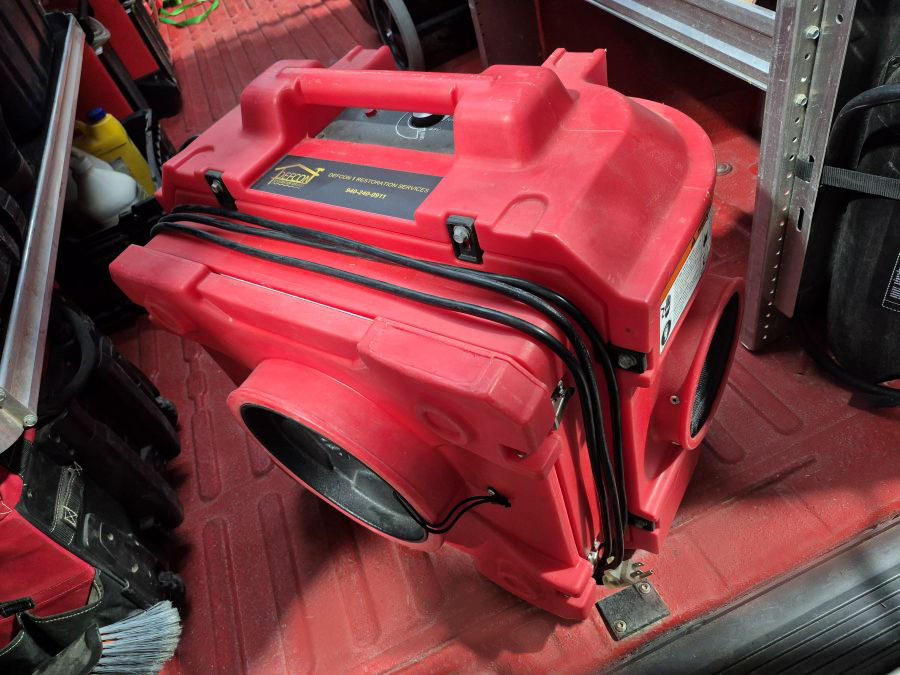
A filtration system that removes airborne contaminants to improve indoor air quality during mitigation projects. These air scrubbers use high efficiency particulate air (HEPA) filters to capture 99.97% of particles down to 0.3 microns in size including allergens, mold spores, and other airborne contaminants.
Air scrubbers are typically deployed on sites which need to reduce dust from construction and smoke from fires but prove indispensable for mitigation.
HEPA Backpack Vacuums
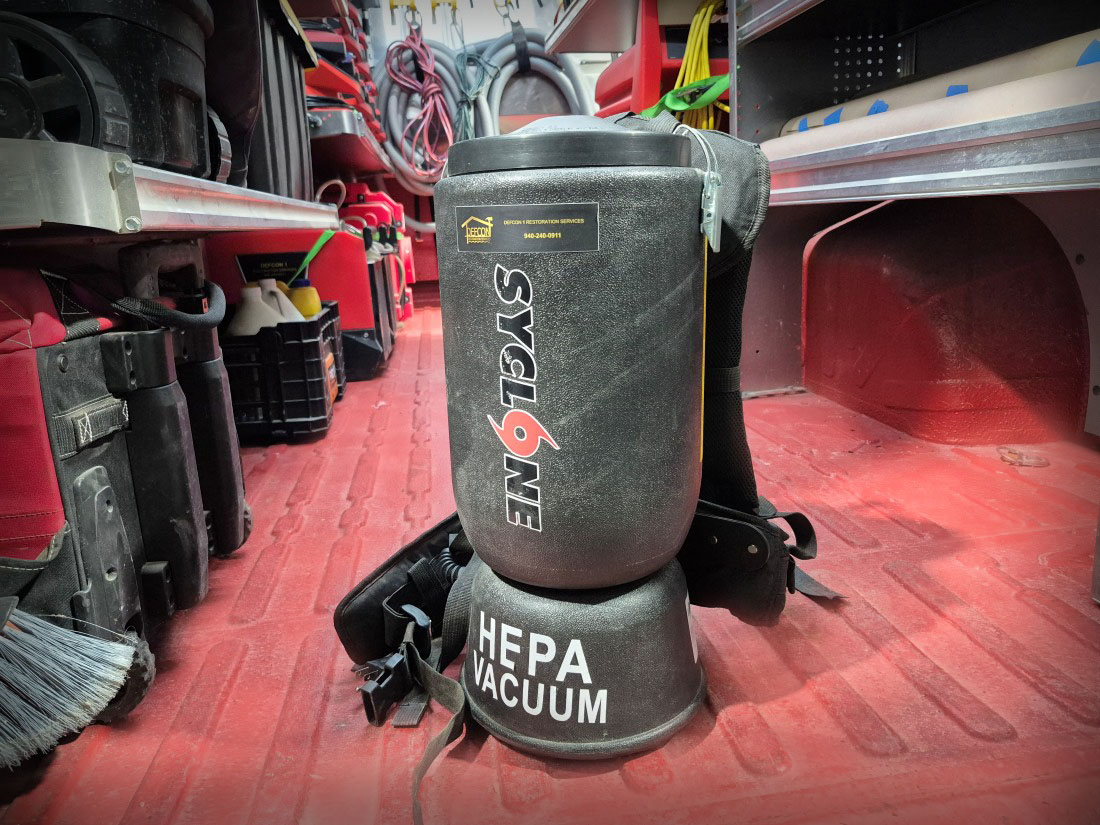
Ever wanted to feel like you’re in a Ghostbusters movie? Then these portable vacuums are for you.
Equipped with HEPA filters, just like air scrubbers, they capture fine particles such as dust, allergens, and mold spores, ensuring a thorough and precise cleanup. These vacuums are especially useful in hazardous situations where a team, dressed in hazmat suits, carries them on their backs for more strategic and controlled cleaning efforts.
Final Thoughts
While having fancy equipment is helpful, the most important part of water damage mitigation is experience and knowing how to use the tools correctly. But even with skill, without reliable tools, the drying process can take longer, increasing the risk of costly repairs and potential health hazards.
In the end, a combination of skill and proper equipment is essential for successful water damage restoration.
